Do you Know How to Choose Lamps for Your Home?
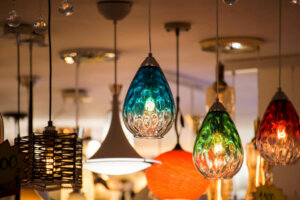
When you need to choose lamps for your home, it may seem like a complicated task, but nothing is further from reality. It’s important to know that for each type of light (general, ambient or punctual), there’s a suitable lampshade to match.
For this reason, when you buy your lamps, you’ll also have to think about where you’re going to place them and the atmosphere that you want to create.
How to choose your lamps and make an ideal combination
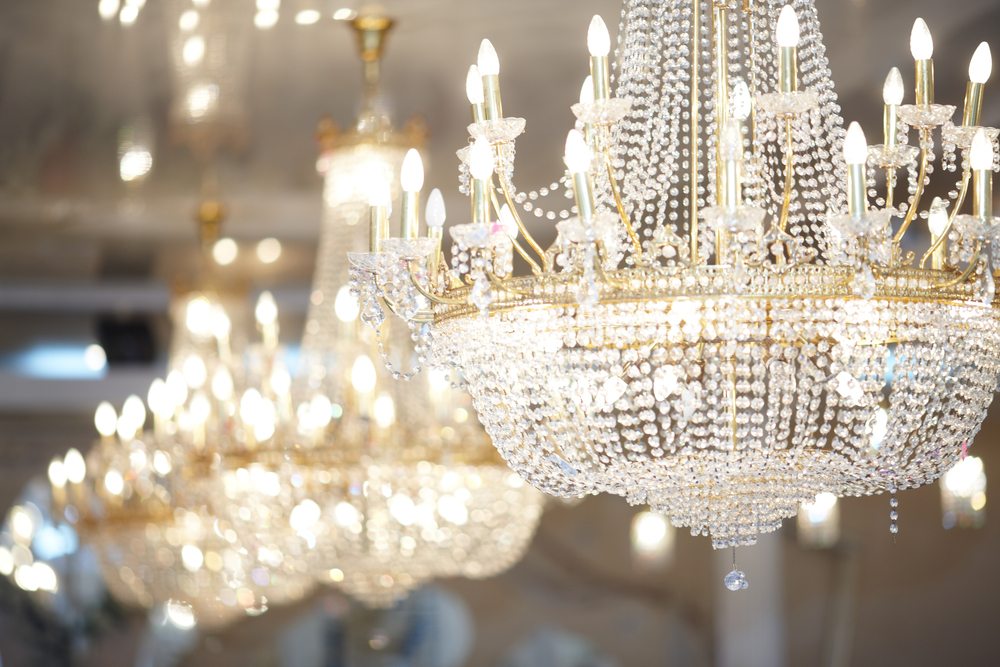
The key to achieving good lighting lies in correctly combining different lamps in the same room that each provides different types of complementary light.
Let’s make it easy for you! It’s recommended that each room has a main light and other secondary lights placed at strategic points. For example, it’s inadvisable to opt for a single light source on the ceiling in large rooms, as it can create shadows.
On the contrary, adequate lighting consists of, for example, placing soft light bulbs in the ceiling and wall sconces. Table lamps or halogens that are hidden in the furniture will create additional background lighting in the room.
Equally, when you choose lamps for your home, don’t forget that floor lamps are a great option too. Due to their verticality, they provide contrast with the horizontal lines that usually predominate in furniture.
Some key tips…
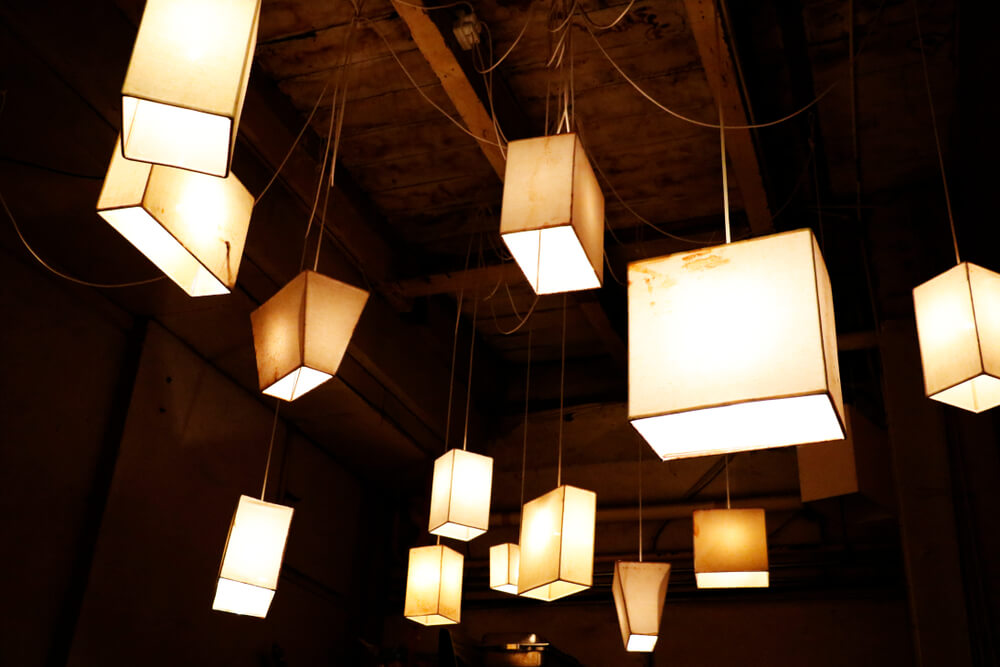
Lighting must provide comfort. With this in mind, avoid creating excessive contrasts between lights and shadows because they’ll be uncomfortable to look at and will create an unwelcoming environment.
Likewise, it’s highly recommended to have light regulators in your main lamps to be able to change the light intensity according to the time of day.
Also, when it comes to dark rooms, the lampshades should be made of diffuse material, such as paper, to provide more brightness and luminosity.
And don’t forget that lamps are decorative objects in themselves. They must be in accordance with the style of your home. Although it’s unnecessary to combine and perfectly match each one, otherwise you’ll generate monotony.
However, if you still want to unify the lamps in an entire room or give continuity to corridors and stairs, you could opt for models in pendant, table and floor versions.
Choose lamps for your home by different types
Lamps provide a certain type of light depending on their size, where they project the light and in what way. It’s very important that you take these three aspects into account when choosing them.
Floor lamps

Lamps with parchment or fabric lampshades provide a warm light and are ideal for creating ambient lighting in your living room.
To achieve a soft and enveloping light, it’s advisable to choose lamps with a translucent shade that have an exit from above and below. Keep this in mind and you’ll enjoy a good result.
Floor models with halogen bulbs can provide three types of light: if the beam is directed towards the ceiling, they provide general light. If they incorporate an intensity regulator, they provide ambient light. And, if the beam is directed downwards, it can illuminate a work area.
Ceiling lamps and shades
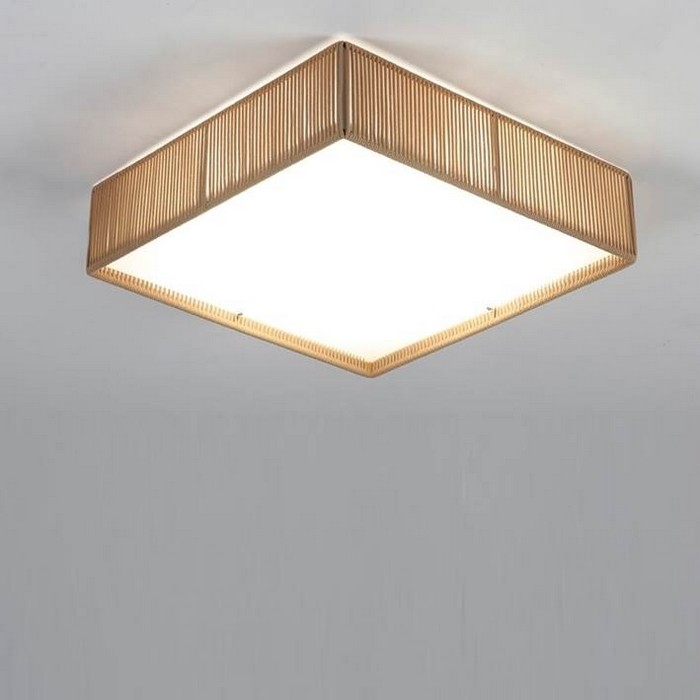
Some ceiling lights provide general light and are traditionally used for lighting large rooms. This is because the lighting they generate is uniform and reaches all corners.
Another option is pendant lights. For them to fulfill their function well, they must be placed in the right place and at the right height. This also depends on the room where they’re installed.
If you want a warm light, you should choose a ceiling lamp with a translucent shade that disperses the light well. Those that have a conical shape, direct the light downwards and concentrate it.
These types of shades are suitable, for example, for illuminating the dining room table. Of course, keep in mind that you must place them at a distance of between 70 and 80 cm from the table. Otherwise, they could interfere with your activities.
Wall sconces
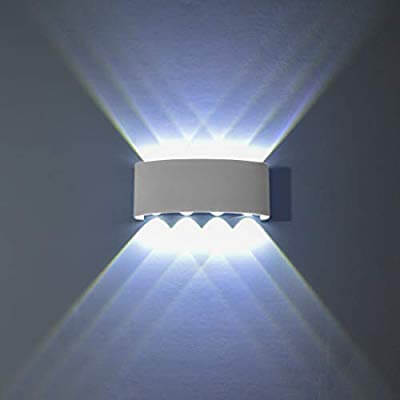
These lights direct the light beam towards the ceiling and emit a soft general light. They’re called wallwashers and must be installed 1.65 m from the ground so that the light is reflected on the ceiling.
They work with halogen bulbs, provided with a diffuser, and with LEDs. If you place them in the bathroom, keep in mind that they should be placed on the sides of the mirror. Never place them on top of a mirror, otherwise, you won’t achieve uniform light without shadows.
Of course, when it comes to bathrooms, it’s very important that you choose wall lights with waterproof shades to protect the bulbs from moisture. Keep this in mind so you don’t have to constantly change them.
Choose your table lamps carefully
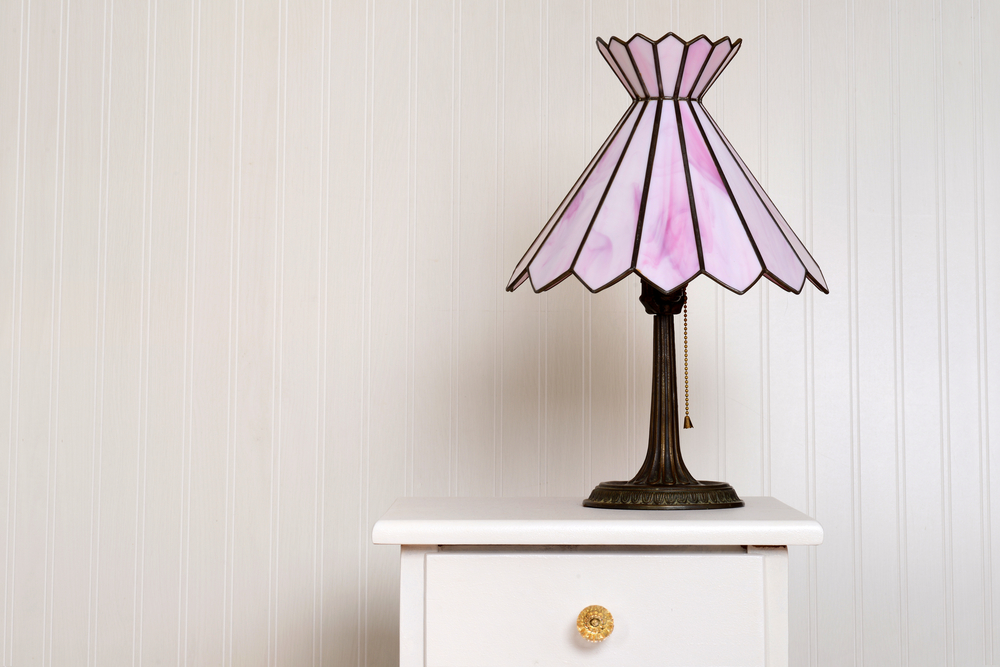
Design and size define whether a lamp is for the living room, table or desk. One or two large-shade table lamps will provide a soft and comfortable light in the living room.
Although when it comes to bedside tables in the bedroom, those with a small shade are far more suitable. We recommend that you use adjustable spotlight ones in your workroom or on the study table.
Have we helped you to solve your doubts when it comes to choosing lamps for your home? Let us know your thoughts!
When you need to choose lamps for your home, it may seem like a complicated task, but nothing is further from reality. It’s important to know that for each type of light (general, ambient or punctual), there’s a suitable lampshade to match.
For this reason, when you buy your lamps, you’ll also have to think about where you’re going to place them and the atmosphere that you want to create.
How to choose your lamps and make an ideal combination

The key to achieving good lighting lies in correctly combining different lamps in the same room that each provides different types of complementary light.
Let’s make it easy for you! It’s recommended that each room has a main light and other secondary lights placed at strategic points. For example, it’s inadvisable to opt for a single light source on the ceiling in large rooms, as it can create shadows.
On the contrary, adequate lighting consists of, for example, placing soft light bulbs in the ceiling and wall sconces. Table lamps or halogens that are hidden in the furniture will create additional background lighting in the room.
Equally, when you choose lamps for your home, don’t forget that floor lamps are a great option too. Due to their verticality, they provide contrast with the horizontal lines that usually predominate in furniture.
Some key tips…

Lighting must provide comfort. With this in mind, avoid creating excessive contrasts between lights and shadows because they’ll be uncomfortable to look at and will create an unwelcoming environment.
Likewise, it’s highly recommended to have light regulators in your main lamps to be able to change the light intensity according to the time of day.
Also, when it comes to dark rooms, the lampshades should be made of diffuse material, such as paper, to provide more brightness and luminosity.
And don’t forget that lamps are decorative objects in themselves. They must be in accordance with the style of your home. Although it’s unnecessary to combine and perfectly match each one, otherwise you’ll generate monotony.
However, if you still want to unify the lamps in an entire room or give continuity to corridors and stairs, you could opt for models in pendant, table and floor versions.
Choose lamps for your home by different types
Lamps provide a certain type of light depending on their size, where they project the light and in what way. It’s very important that you take these three aspects into account when choosing them.
Floor lamps

Lamps with parchment or fabric lampshades provide a warm light and are ideal for creating ambient lighting in your living room.
To achieve a soft and enveloping light, it’s advisable to choose lamps with a translucent shade that have an exit from above and below. Keep this in mind and you’ll enjoy a good result.
Floor models with halogen bulbs can provide three types of light: if the beam is directed towards the ceiling, they provide general light. If they incorporate an intensity regulator, they provide ambient light. And, if the beam is directed downwards, it can illuminate a work area.
Ceiling lamps and shades

Some ceiling lights provide general light and are traditionally used for lighting large rooms. This is because the lighting they generate is uniform and reaches all corners.
Another option is pendant lights. For them to fulfill their function well, they must be placed in the right place and at the right height. This also depends on the room where they’re installed.
If you want a warm light, you should choose a ceiling lamp with a translucent shade that disperses the light well. Those that have a conical shape, direct the light downwards and concentrate it.
These types of shades are suitable, for example, for illuminating the dining room table. Of course, keep in mind that you must place them at a distance of between 70 and 80 cm from the table. Otherwise, they could interfere with your activities.
Wall sconces

These lights direct the light beam towards the ceiling and emit a soft general light. They’re called wallwashers and must be installed 1.65 m from the ground so that the light is reflected on the ceiling.
They work with halogen bulbs, provided with a diffuser, and with LEDs. If you place them in the bathroom, keep in mind that they should be placed on the sides of the mirror. Never place them on top of a mirror, otherwise, you won’t achieve uniform light without shadows.
Of course, when it comes to bathrooms, it’s very important that you choose wall lights with waterproof shades to protect the bulbs from moisture. Keep this in mind so you don’t have to constantly change them.
Choose your table lamps carefully

Design and size define whether a lamp is for the living room, table or desk. One or two large-shade table lamps will provide a soft and comfortable light in the living room.
Although when it comes to bedside tables in the bedroom, those with a small shade are far more suitable. We recommend that you use adjustable spotlight ones in your workroom or on the study table.
Have we helped you to solve your doubts when it comes to choosing lamps for your home? Let us know your thoughts!







